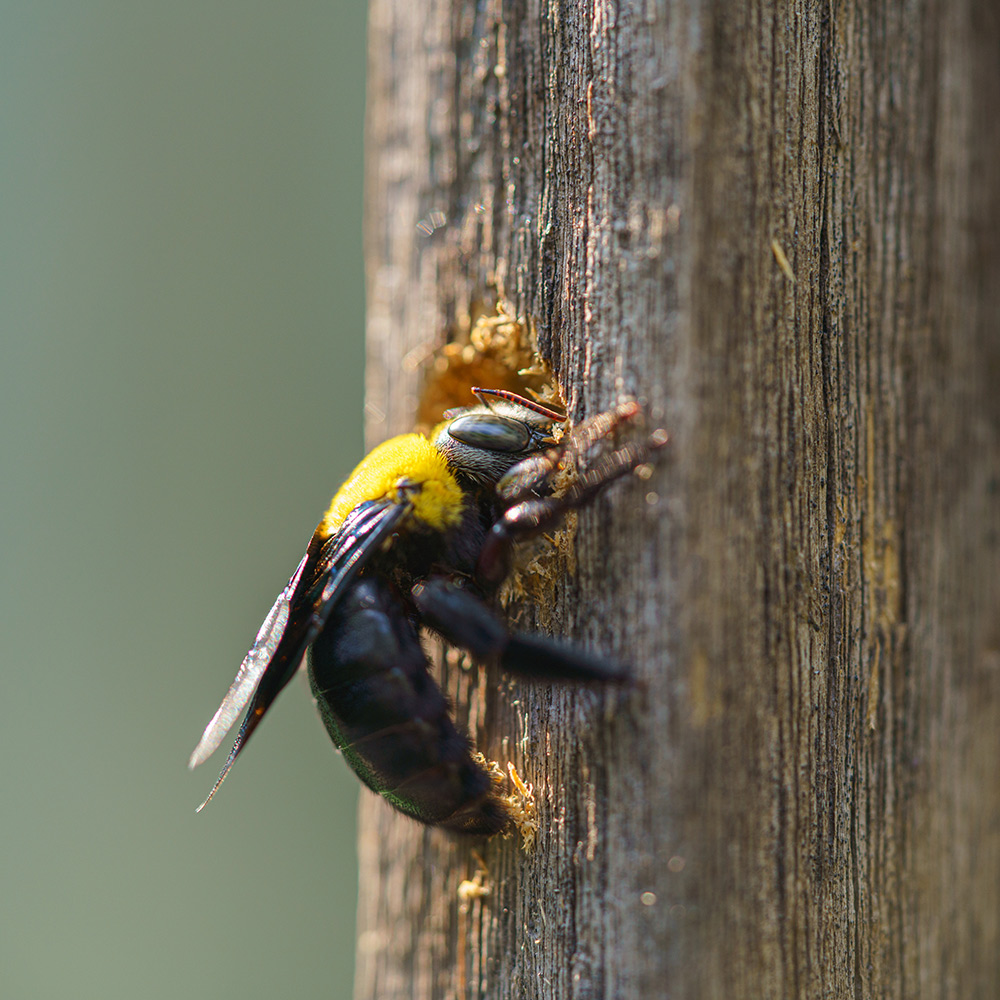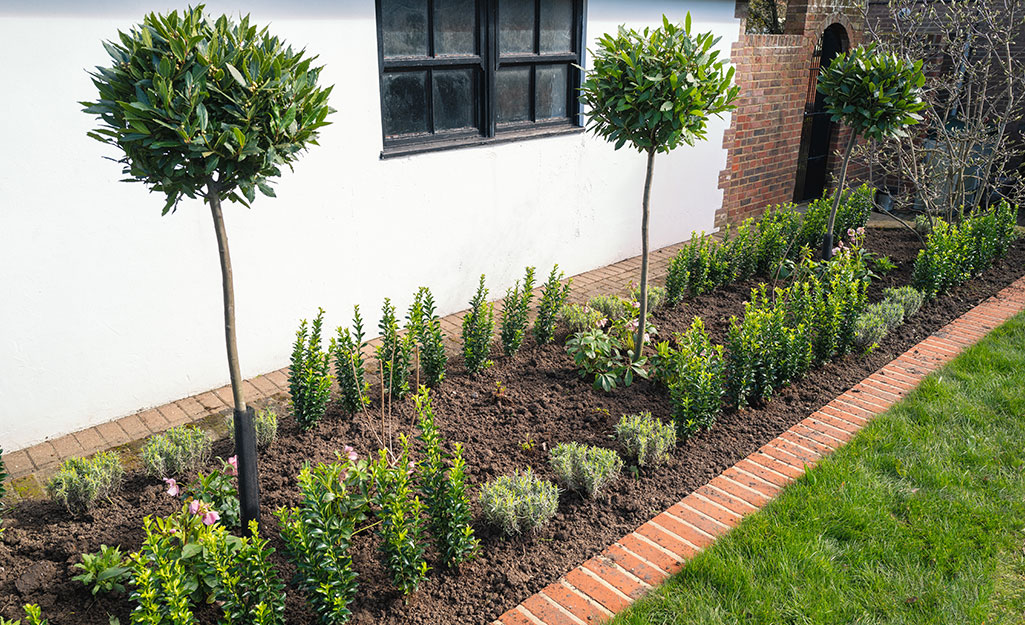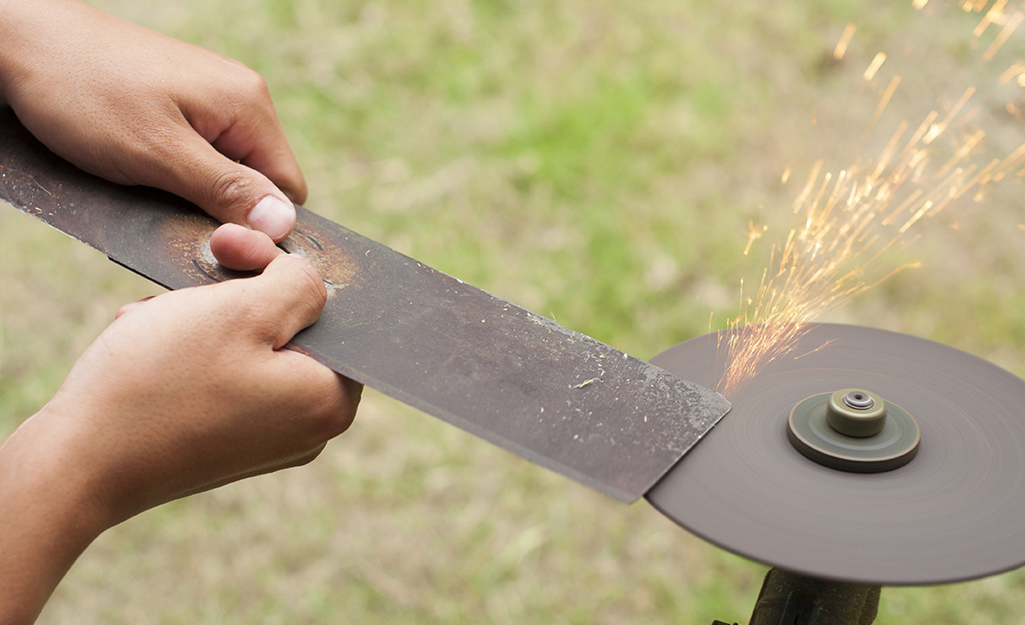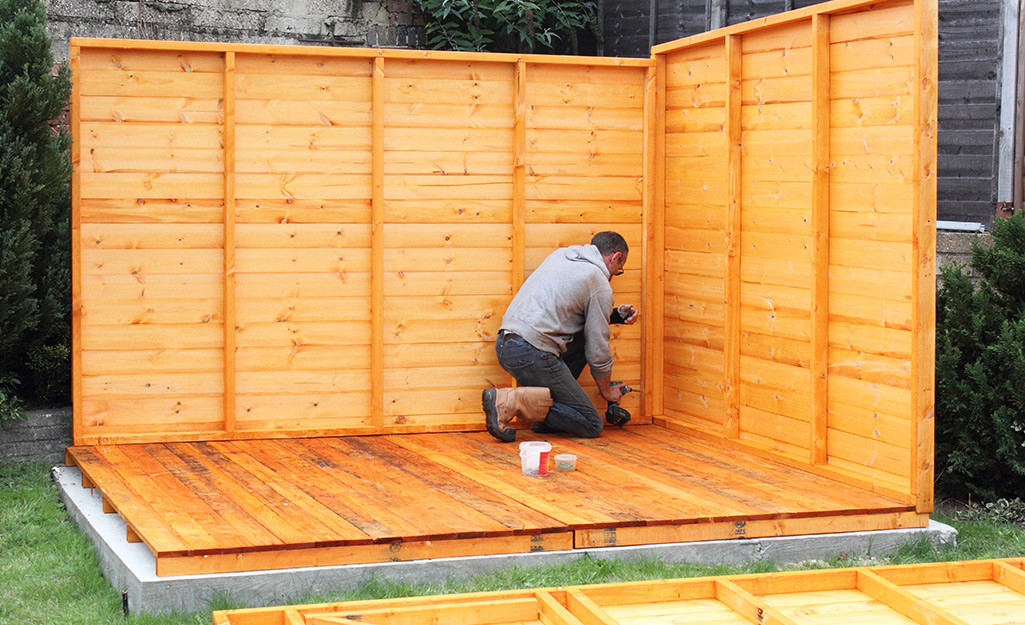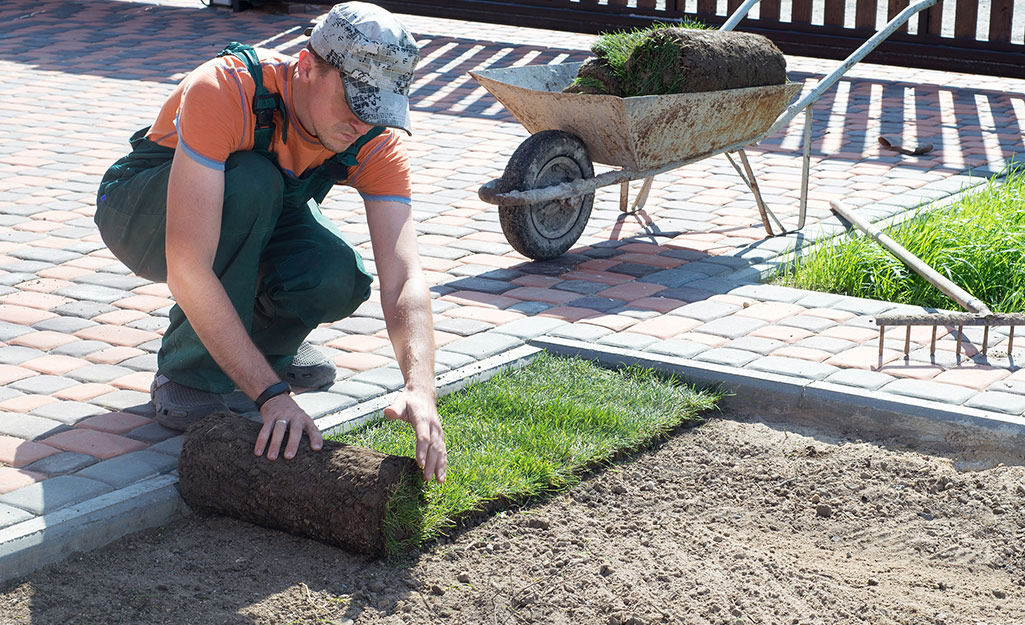
Do you have what you need to make your garden grow?


Garden Center
Store Hours
Mon-Sat:
6:00am - 10:00pm
Sun:
7:00am - 8:00pm
Curbside:
09:00am - 6:00pm
Location
Shop Outdoor and Garden Supplies Near You
Shop Plants Online
Garden Project Calculators
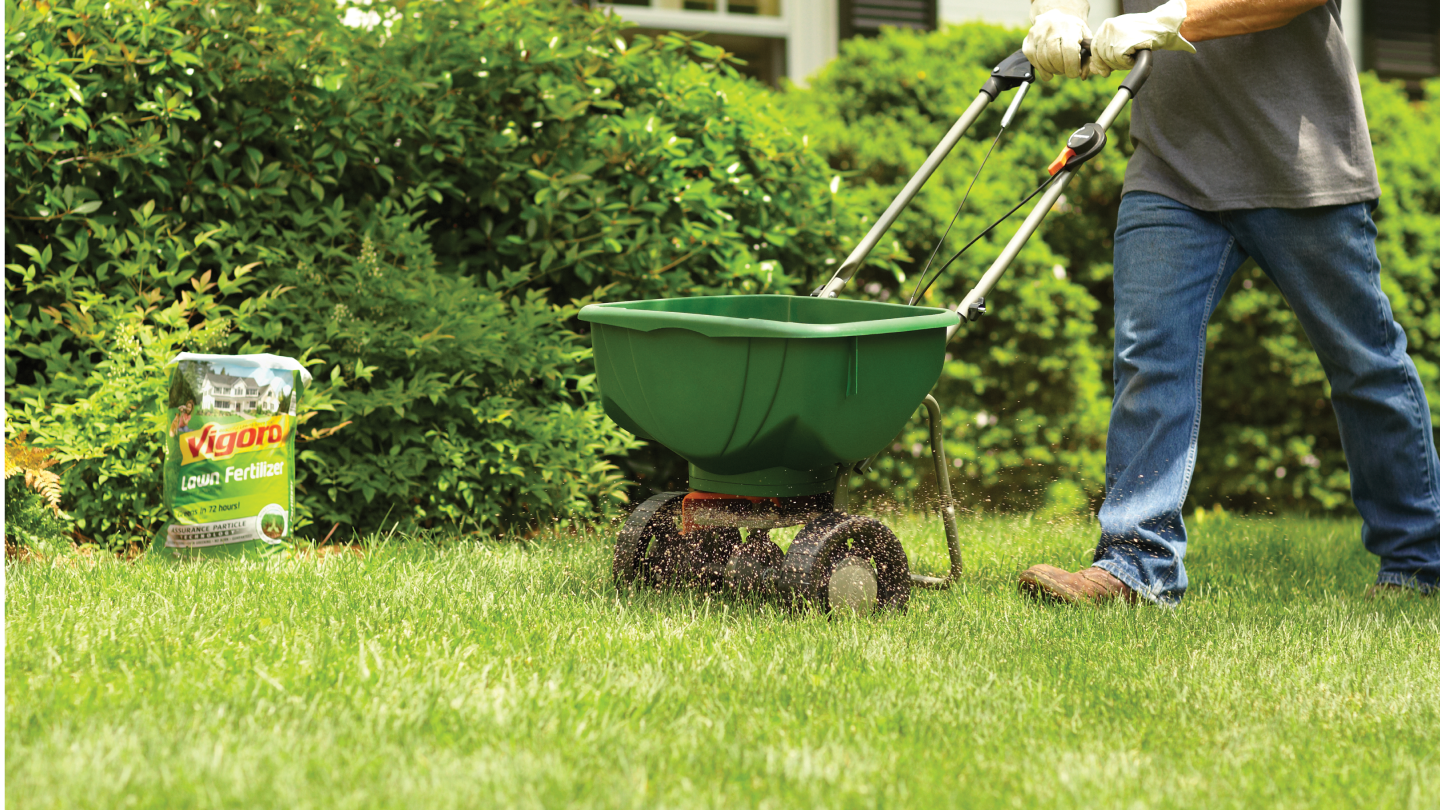;Resize=(703,395.44))
Grass Seed Calculator
When you're ready to seed your lawn, our calculator helps you estimate the amount of grass seed you'll need to get the job done.
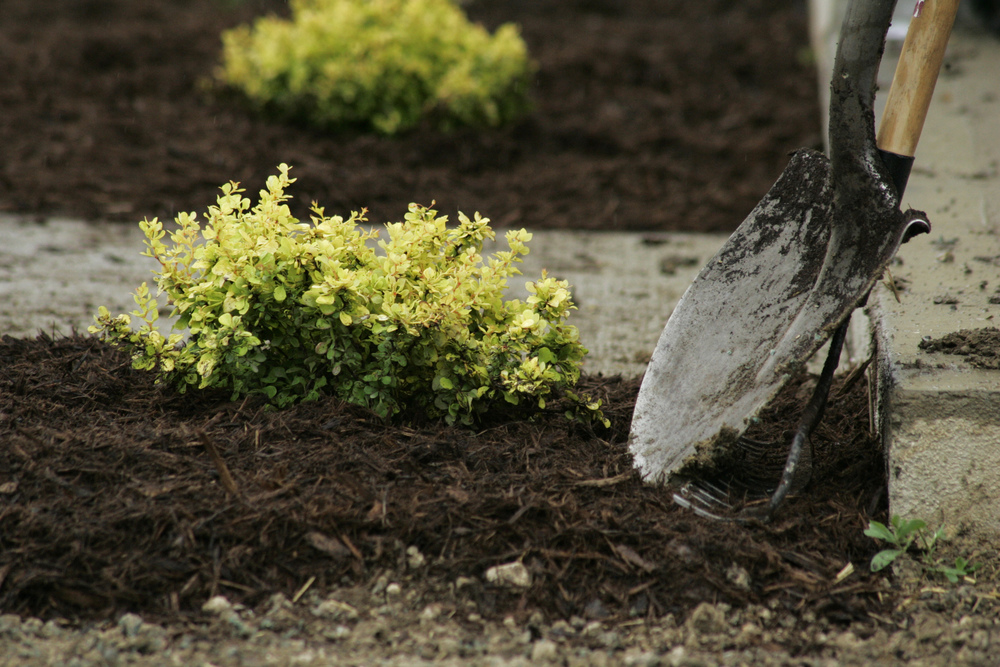;Resize=(703,395.44))
Mulch Calculator
Enter your preferred material, the square footage and mulch depth of the coverage space for accurate results.
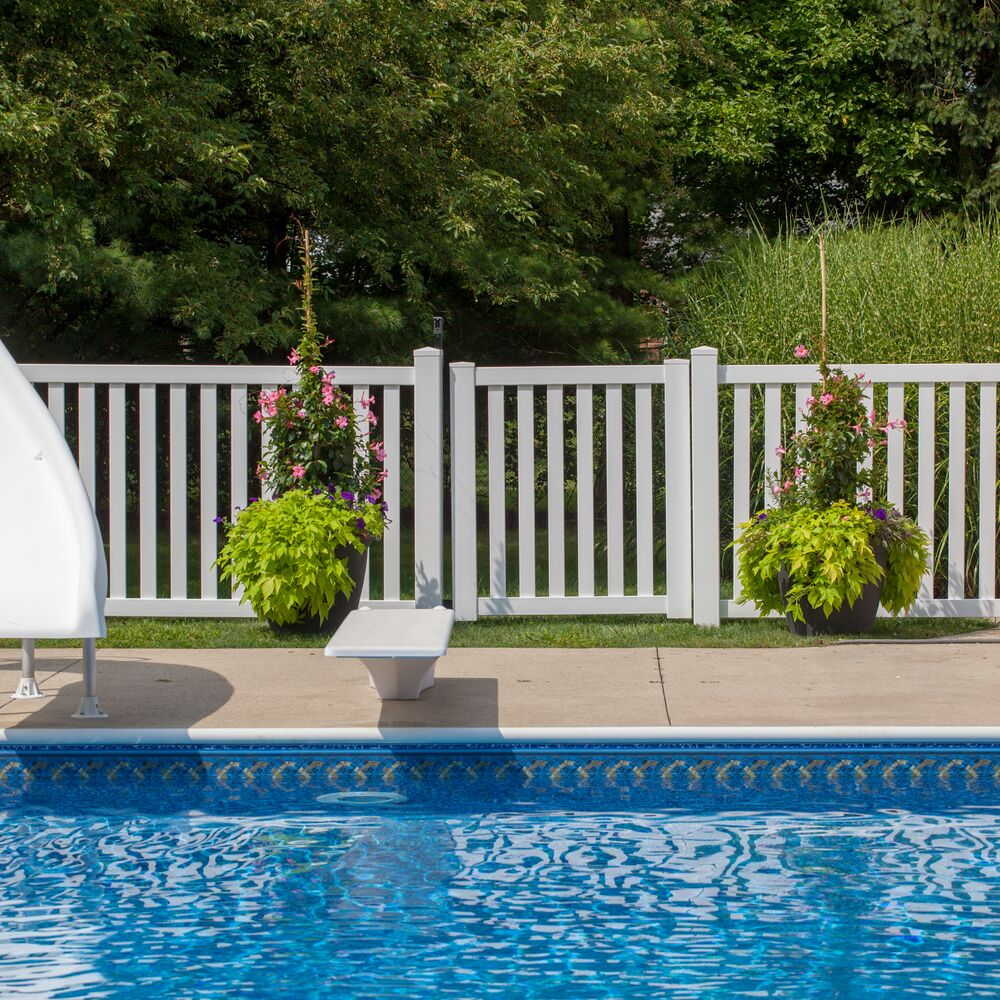;Resize=(703,395.44))
Fencing Calculator
We'll calculate the amount of fencing you should purchase based on your property needs.
Shop Outdoor and Garden Brands
Frequently Asked Questions About Gardening
When should fall veggies be well established by?
The cold won't kill some hardy plants when they're mature by first frost. Cole crops, including the cruciferous family of kale, Brussels sprouts, broccoli, cauliflower, and cabbage, thrive in cooler temperatures and may continue growing into the winter months. Get incredible depth to their taste by harvesting these veggies after frost. The plants convert starches to sugar, so they'll taste sweeter than previous harvests. Root veggies, like beets and carrots, also love chillier temperatures.
What can I do with the extra wood after tree trimming or tree removal?
A wood chipper makes tiny wood chips, while a wood splitter leaves you with more manageable chunks of wood. After pruning trees and bushes with hedge trimmers or a gas chainsaw, clean up the debris in a wood chipper. If your trees are healthy, the chopped wood makes fresh mulch that you can spread in your fall garden. If you removed a tree, you can either get a splitting maul or a log splitter to break up the downed tree into smaller pieces. The wood splitter will be quicker and a wise investment if you're doing a vast amount of tree cleanup, and the bigger the splitter, the better.
What do I do with all these leaves on my lawn?
If you'd prefer to use power tools to keep fallen leaves under control, shop our leaf blowers. Electric versions come as corded or cordless leaf blowers, which are also called battery leaf blowers. We've also got handheld, walk-behind, and backpack leaf blower models. Leaf vacuums, vacuum-mulcher combo units, or rakes are additional options. Let the gathered leaves turn into mulch and enrich your soil or fill up yard waste bags and take them out to the curb.
How do I store my garden tools for the season?
Give your lawn and garden a good cleaning, then store the tools for the winter. Remove dirt and grime with a soak in soapy water, then dry the tools thoroughly. Next, soak them in a bleach and water mix for 20 minutes to disinfect them, and follow with a rinse. Then, scrub off rust specks with a wire brush, oil them with WD-40 or vegetable oil if necessary, and ensure they're dry before hanging them in a garage or shed.
How do I winterize a hose faucet?
Prepare for freezing temps by covering outside faucets with faucet covers. Shutting down the outdoor spigot can be put off until watering the garden or washing the car is done for the year, but don't wait until the temps drop into the 40s. With all hoses disconnected, turn off the indoor valves that control the spigots, then open the taps and let them run until the water stops. If you have pop-up sprinklers or a drip irrigation system, drain those as well as per the manufacturer's instructions. You may need an air compressor to remove every drop of water. While you're at it, get a pool vacuum and pool cover and winterize your swimming pool, too.
What tools do I need for snow removal?
In climates where it gets cold and snowy, early fall is the time to prepare your snow removal equipment. Snow blowers are great, but keep an ice scraper and snow shovel to clean trouble spots or chip away ice patches. Find lightweight cordless and electric snow blowers as well as gas snow blowers. Rock salt and ice melt can clear walkways with less effort and help keep you safer when you make quick trips to the car. Shop now before the weather cools more and the snow rolls in.
Garden Project Ideas
The Home Depot Garden Center at E Delray Beach
On a fresh fall day, take advantage of the weather to do a second round of planting and outdoor maintenance. Now is a great time to get fall flowers and flower bulbs in the ground. Neaten up your bushes and trees, too, with chainsaws and pole saws. Read on for more on fall garden maintenance, fall planting, and how to transition to your fall lawn and garden.
Fertilize or Patch Your Lawn
Patch bald spots on your lawn by overseeding them. Autumn is a great time to fill in brown, dead, or bare places in your yard. However, you should try to keep leaves off freshly seeded areas. New grass seed needs air, sun, and water to grow, and leaf litter can block out the air and sunlight it needs to germinate.
If you're in a northern climate, prepare your cool-season grass for the fall with lawn fertilizer. Aerate your lawn before fertilizing to get the most bang for your buck. An edger gives extra polish to the perimeter of your yard. Water your cool-season lawn regularly and tend to any weeds that show up. Warm-season varieties, like those in the southern states, are winding down their growth for the year. It's better not to fertilize it now, as you don't want fresh grass growing right before it goes dormant. Taper down watering on warm-season lawns.
Fall Planting
Fall planting is often overlooked, but autumn is the perfect time to get additional flowers in your garden. Mums, the nickname for chrysanthemums, provide a beautiful burst of fall color. Find them in shades of red, pink, yellow, purple, orange, and white. Pansies and marigolds are other options for beautiful fall flowers, so consider them, too. Remember to explore the wide variety of fall plant and flower options.
Bushes and succulents put on a show of flowers in the fall, especially if they're already established in the ground or kept in flower pots. Succulent planters allow for easier upkeep of sensitive succulents. Customize the soil in the planters to fit these desert plants, as they need a sandy succulent soil mixture.
For shrubs, look after the ones you've got or plant new ones, weather permitting. Get in new plants now, especially if you're in a warmer climate and have time before the cold and frost sets in. If you use retaining wall blocks to surround or accent your garden, try giving a finished look with rubber mulch. It'll overwinter well and resist fading longer than other mulches.
Cut and Cover Perennials
In climates where you might have a cold snap but then warm up above freezing, cover your plants. Protect your garden from frost and freeze damage to extend their season. You can get extra life out of your garden by covering your plants with 5-gallon buckets, tarps, or even painting drop cloths. It'll warm your plants like a greenhouse, and they'll survive a frost.
This works well early on, until you're fully into the colder parts of the season. Uncover the plants when the thermometer goes up again and let them enjoy that autumn sun. Once the temperatures regularly dip below freezing, it's time to bid a fond farewell to the garden for the winter.
Put the Garden to Bed
When your annuals start looking rougher, it's time to dig up the plants. Northern climates may be putting the garden to bed for the season in October or November, while warmer climates might wait until November or December. After your annuals are done blooming for the year, dig them up and dispose of the detritus, or dead plant debris. You can let them return their nutrients to the soil, but there are two exceptions: if your plants dealt with disease or if you had a snail problem.
After you've removed the old plants, you have a clean slate. Prepare your garden bed for the spring by rotating the soil with a rototiller or shovel. You want to send the topsoil down, bring up the deeper soil, and loosen the earth. It lets the soil rest and helps nutrients penetrate. It's also an excellent opportunity to test the soil and see what, if any, soil amendments you need. Different crops and plants use different nutrients. Test your soil to see if it's balanced or if you should restore certain nutrients that have been depleted.
Indoor Gardening
Gardeners with potted plants can extend their growing season by bringing delicate plants indoors to a sunny window. Indoor gardening allows both outdoor plants to live longer and indoor plants to bring joy into your home. Just rotate them regularly to give all leaves equal sunlight for photosynthesis, and make sure they get enough water now that they won't benefit from rainfall. If the pots don't have built-in overflow dishes, be sure to add shallow bowls beneath them to catch any extra water.
Warm the Outdoors with an Outdoor Fireplace
Stretch out your fall evenings with a fire pit, patio heater, or outdoor fireplace to take off the chill. No matter if you're looking for outdoor heaters for decks, small patios, or cozy porches, we've got options. All you have to do is discover the one that matches your decor style.
When you're curious about how to build an outdoor fire pit or fireplace, we have the supplies you need. We carry brick pavers, mortar, a wheelbarrow, trowels, and more. Let us help you get this fall project from doing to done. If you'd love some extra heat but would rather not install a gas fire pit or fireplace, we also have patio heaters, including gas, propane, and electric models.
Ease Into Autumn
This fall, tidy up your yard with us. We've got everything you need for putting the garden to bed, leaf cleanup, and restoring nutrients to your soil so it's ready for next spring. Shop our wide variety of outdoor living products and fall garden care in our mobile app, online, or in the aisles of your local store.
Nearby Stores
Find Another Store
15050 Jog Rd
Delray Beach, FL 33446
3.68 mi
Mon-Sat: 6:00am - 10:00pm
Sun: 7:00am - 8:00pm
1500 Sw 8th St
Boynton Beach, FL 33426
5.56 mi
Mon-Sat: 6:00am - 10:00pm
Sun: 7:00am - 8:00pm
9820 Glades Rd
Boca Raton, FL 33434
8.46 mi
Mon-Sat: 6:00am - 10:00pm
Sun: 7:00am - 8:00pm
)
)
;Resize=(300,300))
)
.jpeg?im=Crop,rect=(363.69230769230774,1.2307692307692308,958.7692307692308,958.7692307692308);Resize=(300,300))
;Resize=(300,300))
;Resize=(300,300))
;Resize=(300,300))
;Resize=(300,300))
)
)
)
)
)
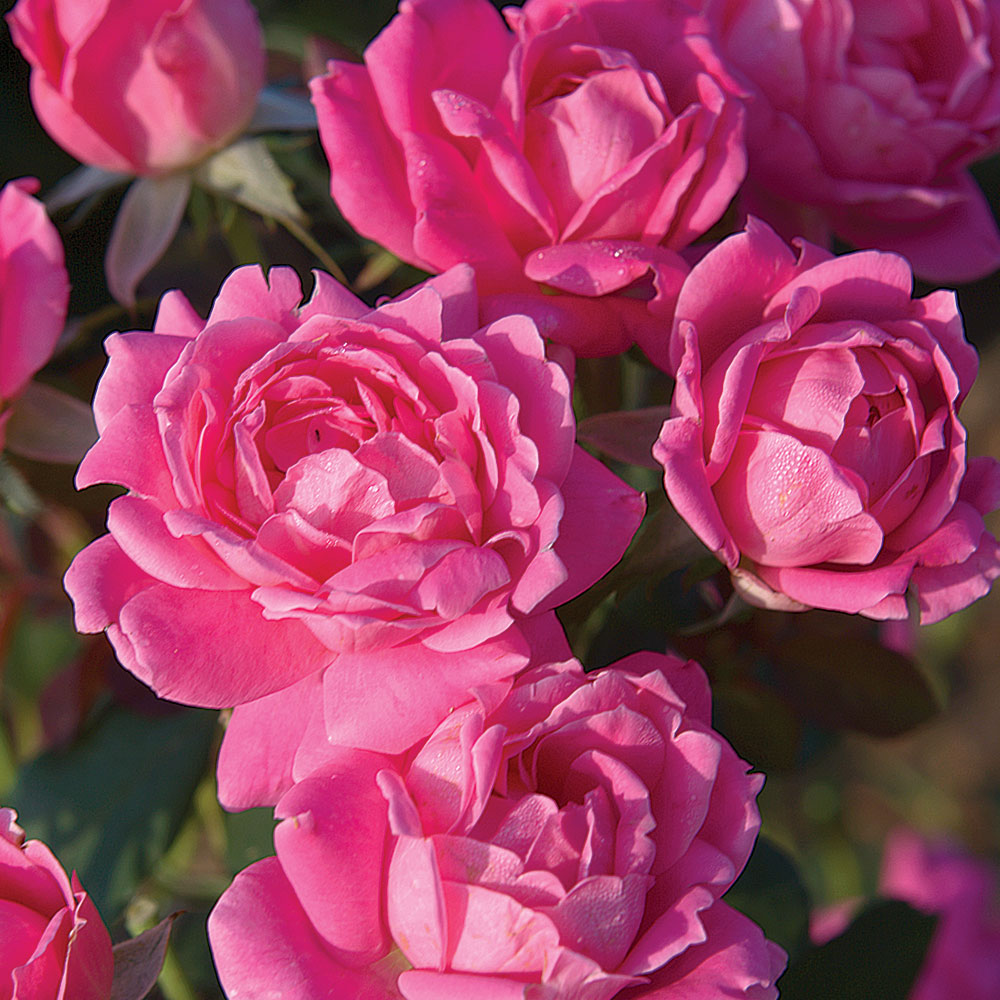)
)
)
)
;Resize=(300,300))
;Resize=(300,300))
)
)
)
)
;Resize=(300,300))
)
)
;Resize=(300,300))
;Resize=(300,300))















